Singapore’s Gardens by the Bay, a stunning showcase of horticultural artistry, owes much of its fame to its iconic Supertree Grove. These towering trees aren’t just a visual spectacle; they are a cutting-edge blend of art, technology, and nature. This article delves into how these magnificent structures emulate natural ecosystems, cleverly merging technology with sustainability.
Introduction to Supertrees
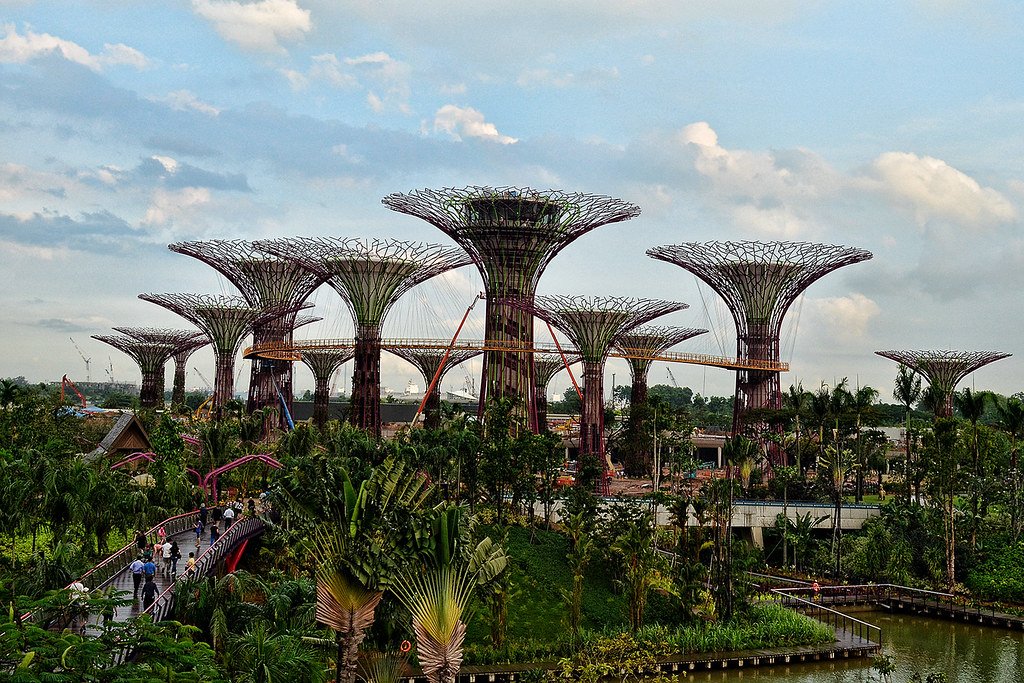
In the heart of Singapore, the Supertree Grove stands tall as part of the larger Gardens by the Bay project. Ranging from 25 to 50 meters in height, these structures, although artificial, embody the principles of living trees. They are designed to be self-sustaining and to have various ecological functions, similar to those found in natural ecosystems. An integration of nature and technology, the Supertrees are a testament to human ingenuity in creating resilient and sustainable urban spaces.
Unveiling Biomimicry: Nature as an Inspiration

The primary concept behind the Supertrees is biomimicry—the practice of learning from and imitating the processes found in nature to solve human challenges. Engineers and architects designed these structures by studying the functionalities of living trees, replicating and enhancing their ecological contributions and environmental benefits. This design philosophy enables the Supertrees to optimize available resources efficiently, mimicking the ingenious ways nature sustains itself.
The Solar Power Advantage
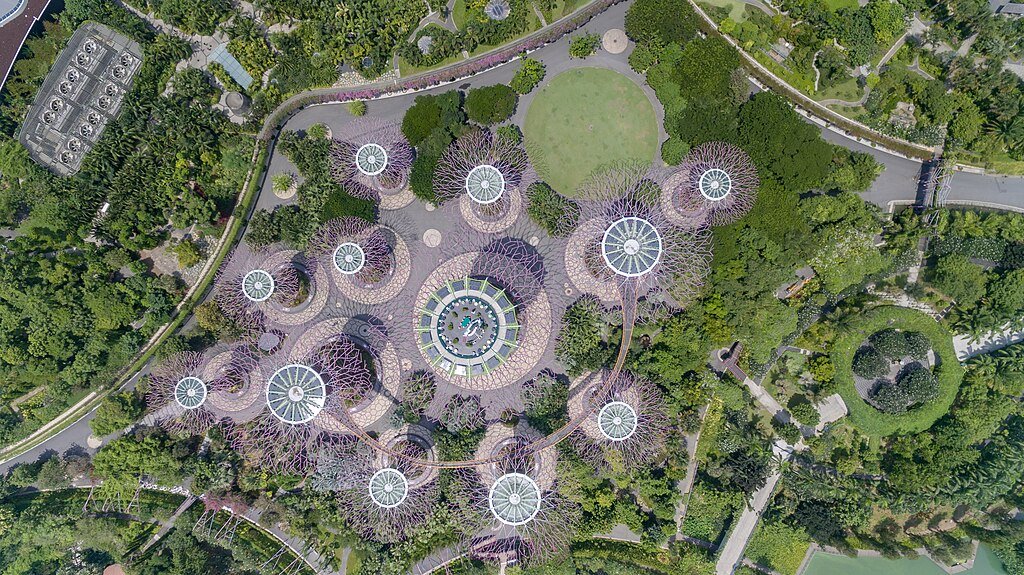
One of the most visually and functionally impressive aspects of the Supertrees is their photovoltaic cells. Much like how leaves collect sunlight, photovoltaic cells on Supertrees harness solar energy. This solar power is converted into electricity, helping illuminate the structures and supporting the park’s ecosystem. This sustainable energy practice reduces reliance on non-renewable energy sources, echoing the self-sustaining power of natural trees.
A Natural Cooling System
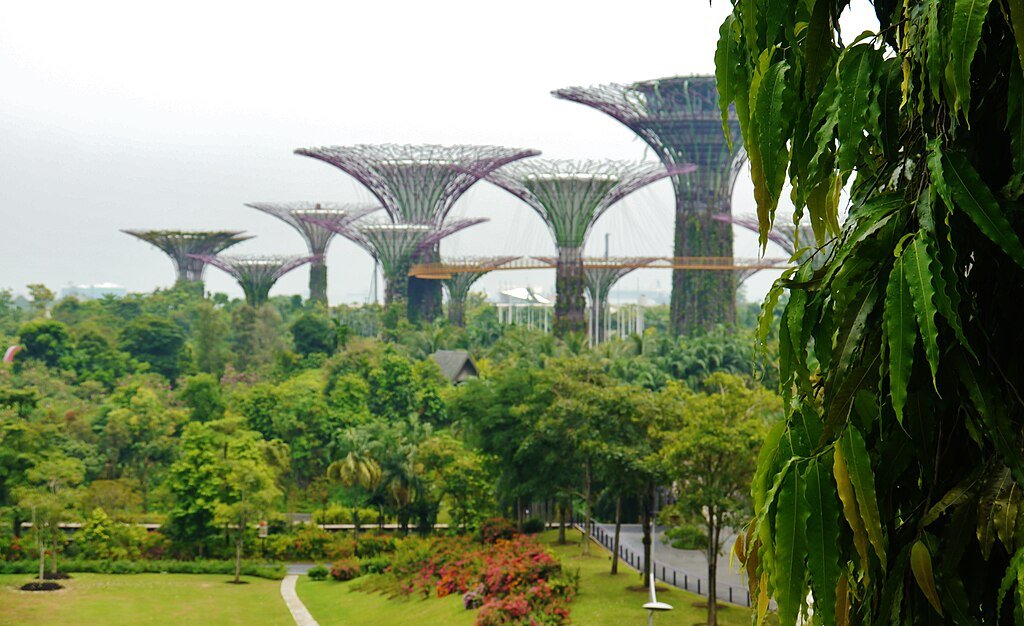
In a manner akin to nature’s own cooling methods, the Supertrees incorporate a smart cooling system. They collect rainwater via their canopies, which is then channeled to support the Gardens’ irrigation and fountains. This closed-loop water system exemplifies how Supertrees effectively mimic natural ecosystems where resources are recycled, ensuring minimal waste and environmental impact.
Habitat Creation and Biodiversity Support
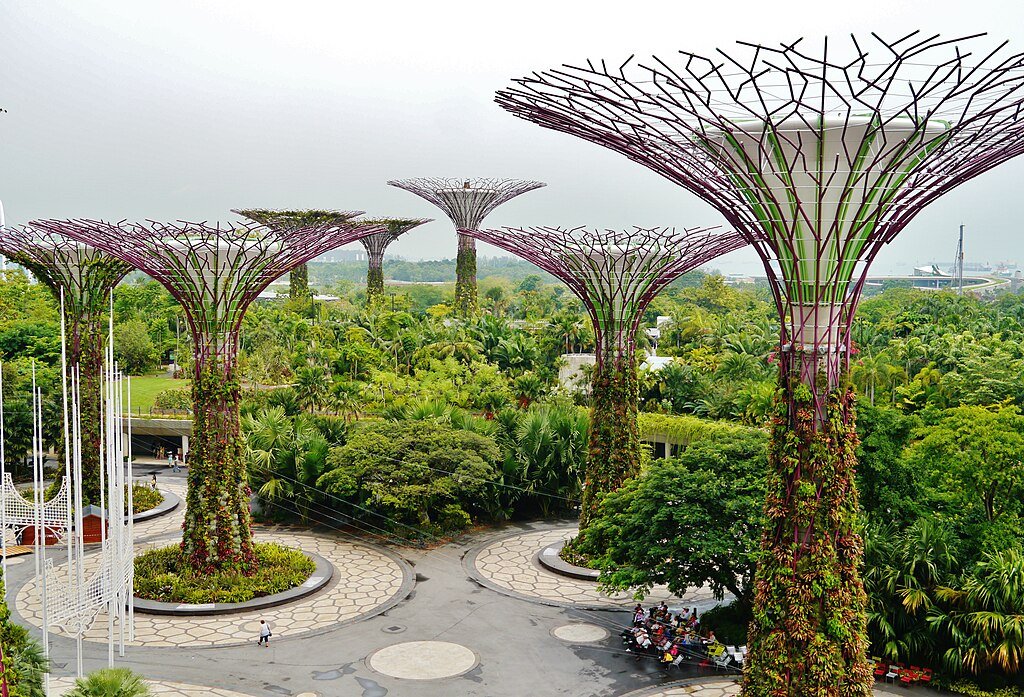
True to the essence of a natural ecosystem, Supertrees support biodiversity. Their exterior is clad with over 150,000 living plants from more than 200 species, including epiphytes like orchids, ferns, and bromeliads. These vertical gardens foster habitats and attract various fauna, playing a crucial role in maintaining ecological balance much like natural trees support wildlife through symbiosis and other ecological interactions.
Environmental Monitoring and Data Collection

Supertrees are equipped with environmental sensors that track meteorological data and air quality, contributing to sustainability research. This data mirrors how natural ecosystems indicate environmental health. By analyzing trends and shifts within these digital systems, scientists can better understand the broader impacts of climate change, air pollution, and ecological deterioration, as living plants indicate soil and atmosphere conditions in natural settings.
Vertical Gardens: An Urban Solution

The Supertrees’ extensive vertical gardens provide an innovative solution to the challenge of green space in densely populated urban areas. They showcase how vertical Gardening can maximize limited space for greenery, promoting air purification, temperature regulation, and enhanced aesthetic appeal, similar to how wild ecosystems efficiently use vertical layers for varied microhabitats.
Economic and Social Impact
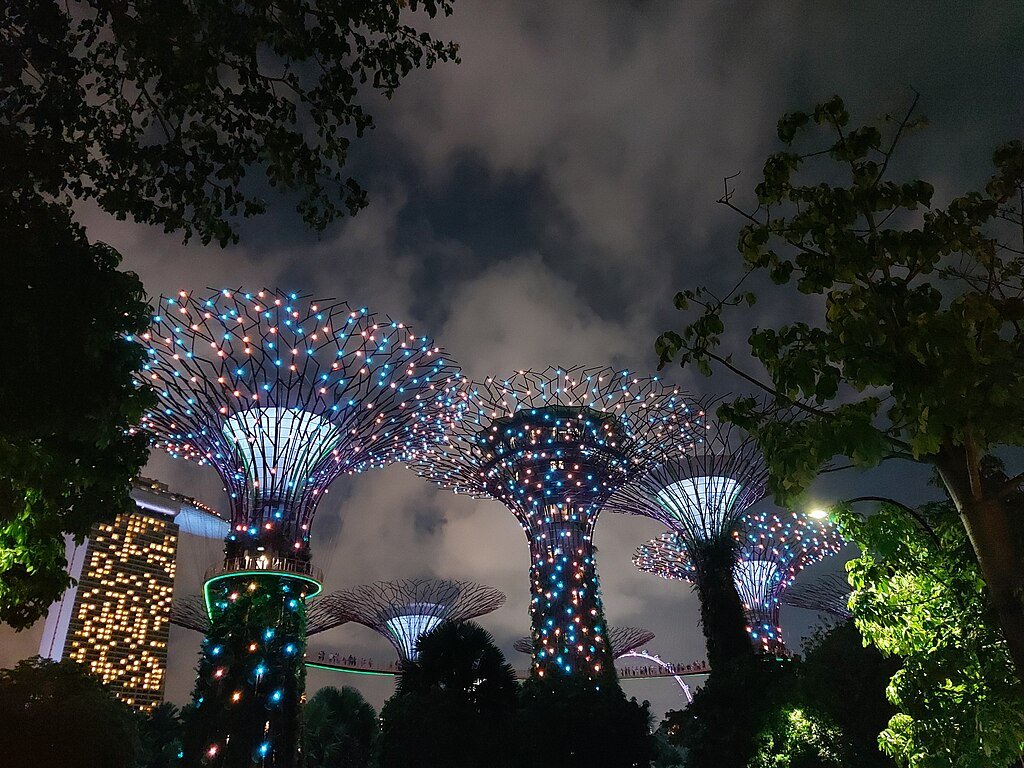
Aside from ecological benefits, the Supertrees have a significant economic and social impact. They are a major tourist attraction, drawing millions worldwide and contributing to Singapore’s thriving tourism economy. As centers of environmental education, they inspire visitors to appreciate and protect natural ecosystems, promoting sustainability-conscious behaviors.
Conclusion: Learning from Nature to Guide the Future
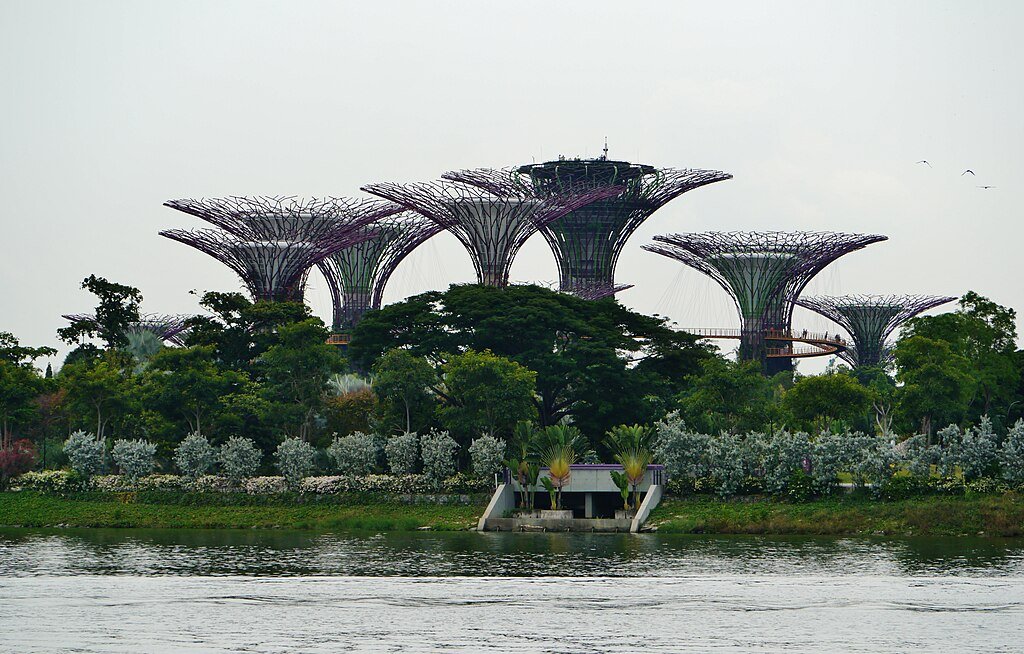
Singapore’s Supertrees are an extraordinary example of how modern engineering and design can emulate natural ecosystems’ efficiency and sustainability. They serve as both beautification and functional ecosystems, fostering biodiversity while advocating for renewable energy and water conservation. In harnessing nature’s blueprints, the Supertrees demonstrate a sustainable pathway for urban development, offering lessons that can frame future innovations aligning urban living with ecological balance.




